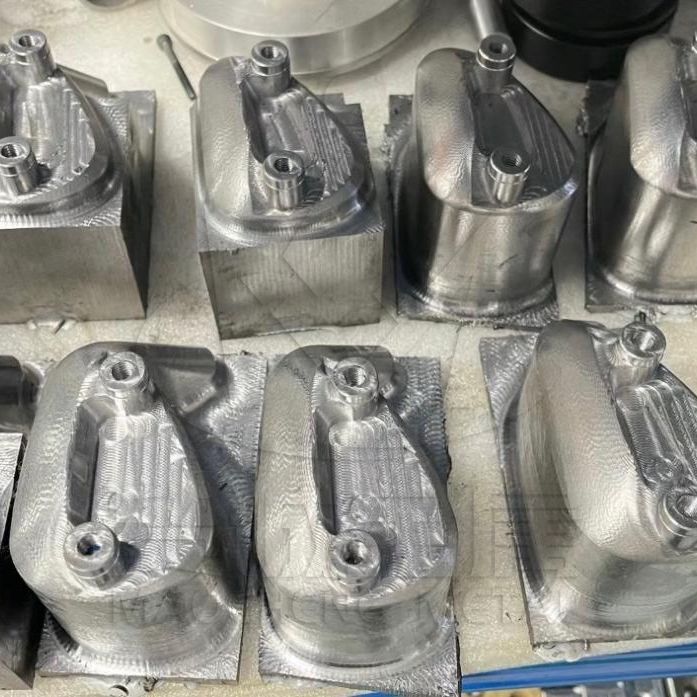What are the 3 key components of a CNC machine?
2024-05-08
A CNC (Computer Numerical Control) machine is a sophisticated piece of equipment used for various machining operations, such as milling, turning, drilling, and more. Its primary components include:

1. Machine Tool: This is the physical structure of the CNC machine that holds and manipulates the workpiece during machining. It includes the bed, columns, spindle, and other structural elements.
2. Control Panel: The control panel houses the interface where operators input commands to control the CNC machine. It typically includes a keyboard, display screen, and buttons for manual operation.
3. CNC Controller: The CNC controller is the brain of the machine. It interprets the instructions generated by CAM (Computer-Aided Manufacturing) software or manual input and converts them into electrical signals to control the movement of the machine axes and the operation of the spindle.
4. Axes: CNC machines can have multiple axes of motion, including linear axes (X, Y, Z) and rotational axes (A, B, C). Each axis is controlled by servo motors or stepper motors and is responsible for moving the tool relative to the workpiece in different directions and orientations.
5. Spindle: The spindle is the component responsible for rotating the cutting tool. It can have variable speed and direction capabilities to accommodate different machining operations and materials.
6. Tool Changer: Many CNC machines feature an automatic tool changer (ATC) that allows for the automatic exchange of cutting tools during machining operations. This enhances efficiency by reducing downtime for manual tool changes.
7. Workholding System: The workholding system secures the workpiece in place during machining. It can include various fixtures, clamps, chucks, and vices designed to accommodate different types and sizes of workpieces.
8. Coolant System: CNC machining generates heat and friction, which can affect tool life and workpiece quality. A coolant system is used to lubricate and cool the cutting tool and workpiece during machining, reducing heat buildup and extending tool life.
9. Enclosures and Safety Features: CNC machines often include enclosures to protect operators from moving parts and flying debris during machining operations. They also feature safety interlocks and emergency stop buttons to ensure safe operation.
These are the key components of a CNC machine, each playing a crucial role in the machining process and contributing to the machine's overall functionality and performance.


